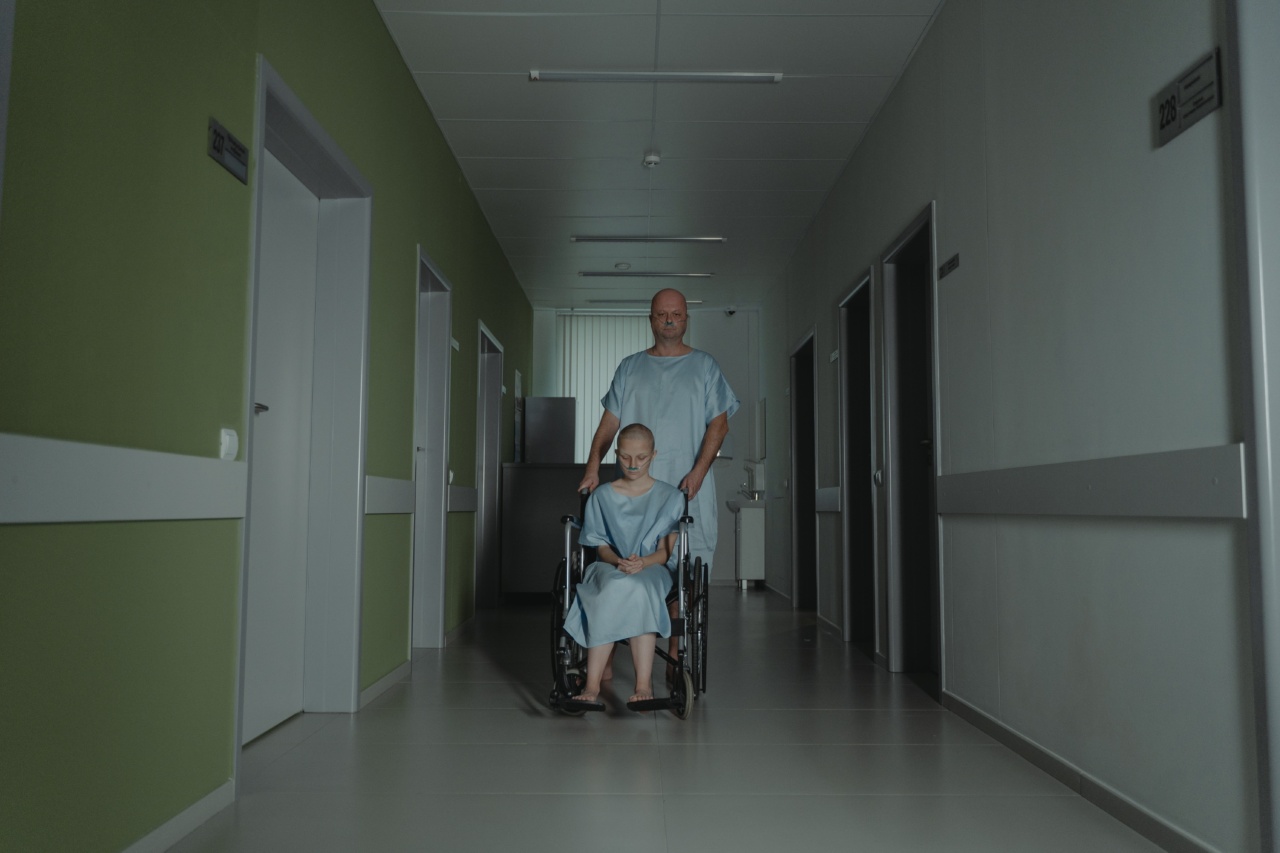Prostate cancer is one of the most common types of cancer among men. It occurs when abnormal cells in the prostate gland start to grow uncontrollably. If not diagnosed and treated early, prostate cancer can be life-threatening.
However, there are several life-saving options available for prostate cancer patients that can significantly improve outcomes. In this article, we will discuss some of these options.
1. Active Surveillance
Active surveillance is an approach used for patients with low-risk prostate cancer. It involves closely monitoring the cancer’s progression through regular tests and check-ups.
If the cancer shows signs of growing or becoming more aggressive, treatment options can be explored. This approach is suitable for patients who want to avoid immediate treatment and its potential side effects.
2. Surgery
Surgery is a common treatment option for prostate cancer. The most common surgical procedure is a radical prostatectomy, which involves removing the entire prostate gland.
This surgery can be done using different techniques, such as open surgery, laparoscopic surgery, or robot-assisted laparoscopic surgery. The choice of technique depends on the patient’s condition and the surgeon’s expertise.
3. Radiation Therapy
Radiation therapy uses high-energy rays to kill cancer cells and shrink tumors. It can be delivered externally (external beam radiation therapy) or internally (brachytherapy).
External beam radiation therapy involves directing radiation from outside the body toward the cancer, while brachytherapy involves placing radioactive implants near the prostate. Radiation therapy can be used as the primary treatment for localized prostate cancer or as an adjuvant treatment after surgery.
4. Hormone Therapy
Hormone therapy, also known as androgen deprivation therapy, aims to reduce the levels of male hormones (androgens) in the body, as they can promote the growth of prostate cancer cells.
This can be achieved by surgically removing the testicles (orchiectomy) or by using medication that blocks the production or action of androgens. Hormone therapy is often used in combination with other treatments for advanced prostate cancer or as a neoadjuvant therapy before radiation or surgery.
5. Chemotherapy
Chemotherapy involves using drugs to kill cancer cells throughout the body. It is usually recommended for patients with advanced or metastatic prostate cancer when other treatments have failed to control the disease.
Chemotherapy can help alleviate symptoms, prolong survival, and improve the quality of life. Several chemotherapy drugs are available for prostate cancer, and the choice depends on various factors such as the patient’s overall health and the specific characteristics of the cancer.
6. Immunotherapy
Immunotherapy is a newer approach to treating prostate cancer. It involves stimulating the body’s immune system to recognize and attack cancer cells.
This can be done through the use of immune checkpoint inhibitors, vaccines, or adoptive cell transfer. Immunotherapy has shown promising results in some patients with advanced prostate cancer, but it is still being studied and refined to improve its effectiveness.
7. Targeted Therapy
Targeted therapy is a type of treatment that specifically targets the genetic or molecular alterations in cancer cells. It uses drugs that interfere with specific molecules or pathways involved in the growth and survival of cancer cells.
Targeted therapy can be effective in patients with specific genetic mutations or alterations, such as those in the BRCA genes. This approach is often used in combination with other treatments for advanced prostate cancer.
8. Clinical Trials
Clinical trials play a crucial role in advancing the treatment options available for prostate cancer patients. By participating in clinical trials, patients can access innovative treatments that may not yet be widely available.
Clinical trials can help researchers evaluate the effectiveness and safety of new drugs or treatment strategies. Patients considering clinical trials should consult with their healthcare team to determine if they are eligible and to understand the potential risks and benefits involved.
9. Supportive Care
Supportive care or palliative care is an essential part of prostate cancer treatment. It focuses on providing relief from symptoms, managing side effects, and improving the quality of life for patients.
Supportive care can involve pain management, psychological support, nutritional counseling, and assistance with treatment-related decisions. It is often provided by an interdisciplinary team of healthcare professionals, including doctors, nurses, social workers, and counselors.
10. Lifestyle Modifications
In addition to medical treatments, adopting a healthy lifestyle can also play a significant role in managing prostate cancer.
Regular exercise, a balanced diet, quitting smoking, and reducing alcohol consumption can help improve overall health and well-being. It is essential to consult with a healthcare professional to develop an individualized plan based on specific needs and preferences.


























